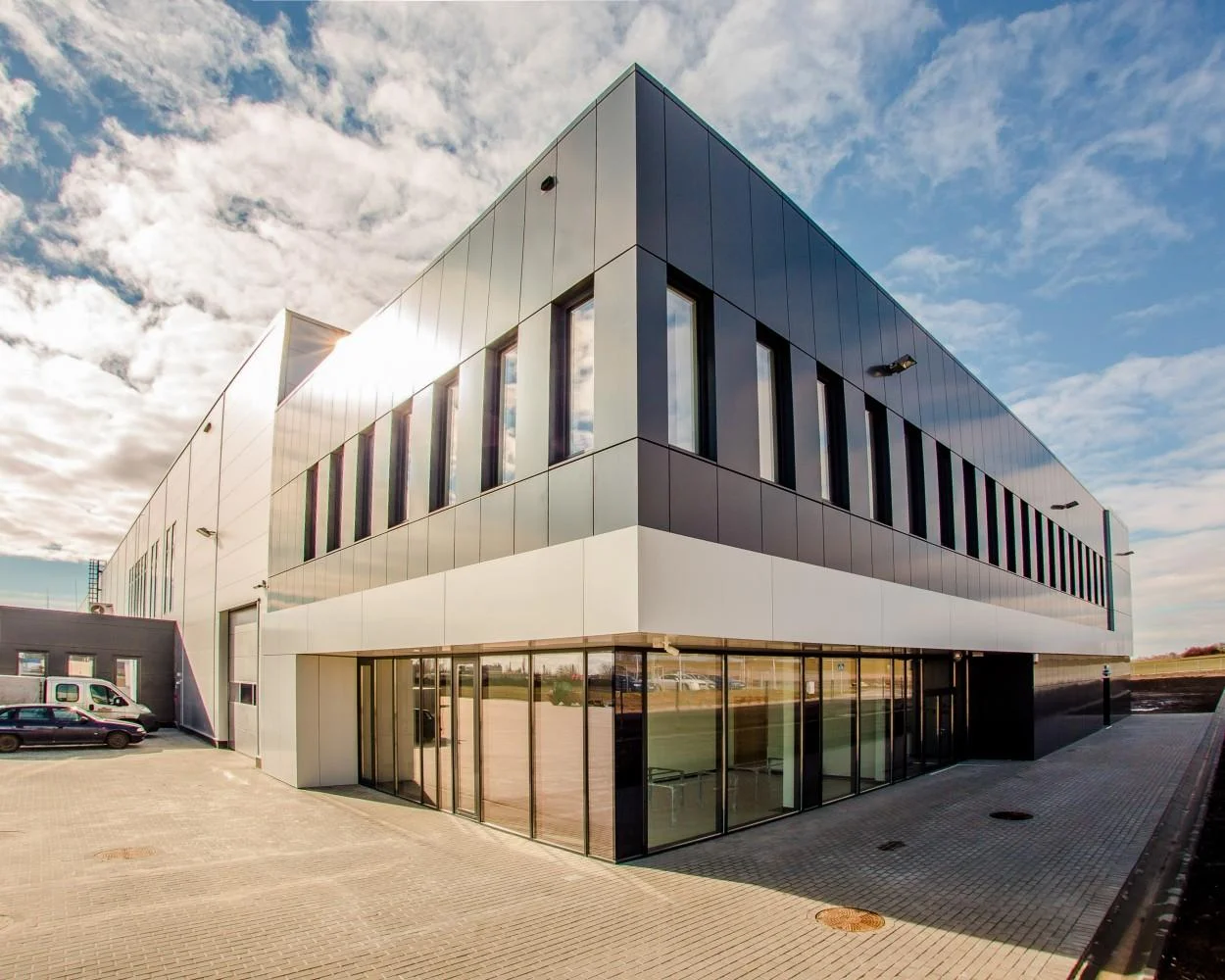The stiffness of a building’s structure plays a key role in the daily use of windows and affects the long-term comfort of residents. In this article we will discuss how the rigidity of a building affects the functionality and durability of windows, both plastic and wooden. Understanding this aspect is essential for anyone who wants to ensure safe, comfortable and energy-efficient living conditions for themselves and their family.
WHAT MORE IN THE ARTICLE?

Importance of building structure stiffness for windows
Stability and Security
The rigidity of a building’s structure provides stability, which is essential for the safe and proper functioning of windows. Buildings with a solid structure minimize the risk of wall deformation, which can lead to problems with opening, closing or sealing windows. This is especially important for balcony windows, which are often larger and heavier. Stable building construction ensures that the windows will operate smoothly for many years, without the need for frequent adjustments or repairs.
Protection from Cracking and Damage
Buildings with good structural rigidity are less susceptible to cracks and damage caused by building settlement or temperature changes. This, in turn, protects windows from damage that can result from uneven stresses in the building structure. As a result, the windows maintain their tightness and aesthetics, which is particularly important in terms of maintaining property values and occupant comfort.
Impact on the Durability and Performance of Windows
Long-lasting Functionality
The rigid construction of a building contributes to the long-term functionality of windows. Windows in stable buildings are less prone to leakage problems or maintenance difficulties, which is key to ensuring everyday comfort. As a result, residents can enjoy smoothly functioning windows that do not require frequent service interventions or adjustments.
Energy Efficiency
The structural stability of a building also affects the energy efficiency of windows. In well-constructed buildings, windows retain their insulating properties, which translates into better protection against heat loss in winter and excessive heating in summer. As a result, residents can enjoy lower heating and cooling bills, as well as better thermal comfort inside the building.
Window Types vs. Building Stiffness
Plastic and Wooden Windows
Both plastic and wooden windows can serve effectively in buildings with good structural rigidity. It is important to match the type and installation method of windows to the specifics of the building structure to ensure optimal performance and durability. A good match between windows and the building structure is key to ensuring their long-term functionality and aesthetics, as well as maximizing their thermal and acoustic insulation benefits.
Applications
The rigidity of a building’s structure has a direct impact on the daily use of windows and the long-term comfort of residents. Investment in a solid building structure translates into better functionality, durability and energy efficiency of windows, regardless of their type. When choosing windows for your home, it’s worth paying attention to the quality of the building’s structure to ensure comfort and security for you and your family for years to come.
An exterior door canopy is not only an aesthetic addition to our home, but above all a practical investment that brings many benefits. Protection from the weather, highlighting the character of the building, protecting against potential damage or increasing the value of the property are just some of them. Why is an exterior door canopy important? Because it allows us to enjoy the beauty and functionality of the door for many years, while minimizing the costs associated with maintenance and repair. If you are thinking about adding a canopy over the front door to your home, it is worth considering all the benefits mentioned above and opt for this wise investment. This will ensure that the entrance to your home will not only be beautiful, but also practical and functional for many years to come.

